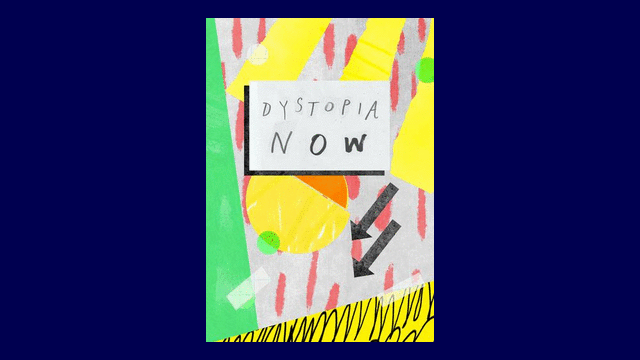
In collaboration with Lambeth and Southwark Libraries

COVID-19 TIME CAPSULE
Welcome
What you see below is a virtual time capsule of young people’s experiences of the COVID-19 pandemic, using a number of different creative media, including poetry, film, and Minecraft. The time capsule is designed to be interactive: feel free to explore the visual world below. Starting with a map of a 'Dream Lockdown', you can enter spaces and rooms, and uncover more inside. We hope that it sparks lots of thoughts and conversations.
Early in the pandemic, we (that is a group of researchers at King’s College London) thought it would be important to capture something of what young people on the university’s doorstep were feeling during this time. But by the time we started talking to young people about their experiences of the pandemic in December 2020, they were already bored of COVID-19. Many sighed and rolled their eyes. The pandemic was dominating their lives in so many ways, it seemed like many really did not want to talk about it. But as one young person suggested, it was actually also important to keep talking about it, even if this was unpleasant: to process all the different things that this tiny virus had brought into all of our lives.
Boredom and disengagement often cover up a whole host of other feelings and emotions, a youth worker told us. And so we decided to approach the conversation creatively, using poetry, Minecraft, and film. This has allowed us to work with some truly inspiring young creatives, who – as it turns out – have a lot to say about how the last year has affected them, their peers, and those closest to them. We have created the COVID-19 Time Capsule from their work. Alongside young people’s experiences, we have also included some of the things we have been told by parents and youth workers. We hope that the site can help to amplify the voices and concerns of young people in South London.
As you will discover, young people have experienced a huge range of feelings during the last year; the sense of being trapped and fearful; finding solace in music; taking refuge in other spaces that feel safe.
But COVID-19 isn’t the only thing that young people have been concerned about. They also talked about Black Lives Matter, about the ongoing pace of gentrification in their neighbourhoods. They spoke about how new, online connections have made young people more aware of social injustice. From our perspective as researchers, it seems that COVID-19 has, in fact, intensified and made visible many forms of isolation and entrapment that existed well before the beginning of the pandemic.
Maybe something is brewing. With a year of increased reflection and connections online to social movements around the world, COVID-19 has done a lot more than end lives and devastate families. It has stimulated a more conscious discussion about what we want the world to look like in the future.
Take a look around, and reflect on how the experiences that you discover here compare to your own. Perhaps you can chat with other people about it – a friend, a family member, someone you live with, or that person you still haven’t reconnected with since March 2020.
We all have power to make change, however small that might seem. Take the views of these and other young people into account as you engage with the world. Young people are the future, and so we’d better start listening to what they want to change about it.
Recommendations
Any support specifically based on the pandemic needs to take account of the fact that this is just one pressure happening in many young people’s lives. This has also been a time where many young people have experienced increased economic and family pressures and become engaged in concerns arising from the Black Lives Matter movement.
It must be recognised that young people’s mental health has been greatly affected by structural inequalities and the way these have increased in pressure and visibility during the pandemic. This should result in mental health services more closely co-ordinating with other services and campaigning for a more equal distribution of key resources such as housing, food, tech, and internet as key necessities for good mental health.
Create safe spaces for young people to talk about and process the inequalities they have become so aware of during the pandemic. Some of this safe space should be facilitated by creative and arts-based activities which allow young people to express themselves.
Ensure mainstream support services link in and listen to the grassroots support networks that have formed during the pandemic, and that these grassroots organisations working closely with young people and their families have more financial support.
There is a concern that schools need to be more patient with young people and provide more immediate mental health support to students who are being considered for exclusion.
Young people want some freedom from rigid structures such as school life, but also want some structures which can create safe spaces for young people to play or engage in interests and activities of value to them. Both in and out of lockdowns, youth centres and arts programmes need to be properly supported as, in amongst processes of gentrification and grooming from criminal gangs, these spaces are often the only ones young people feel they have to socialise and just be themselves in.
There needs to be both some practical and inspirational support for young people to imagine and plan better futures for themselves.






